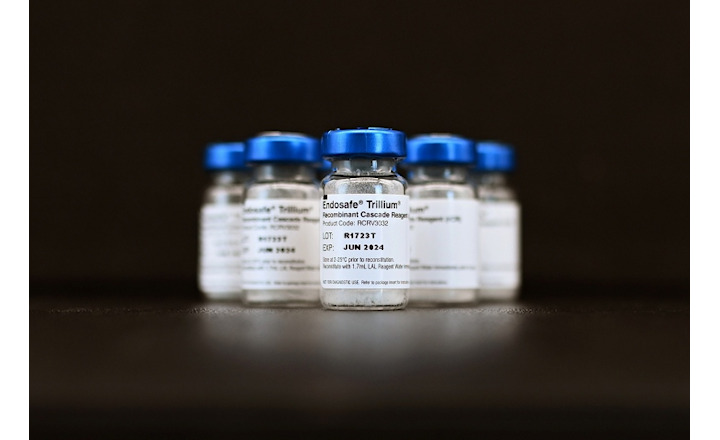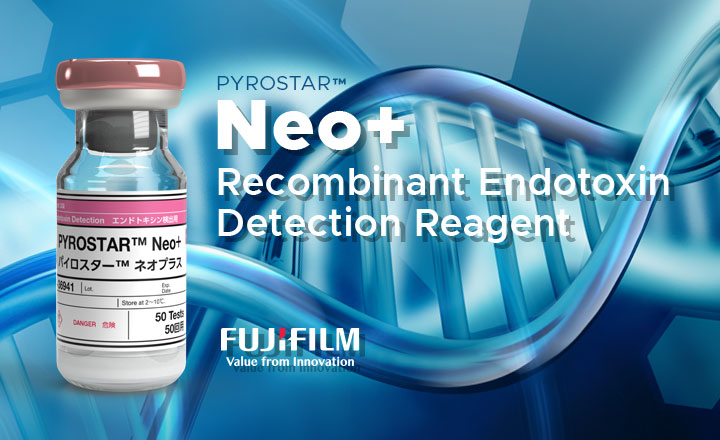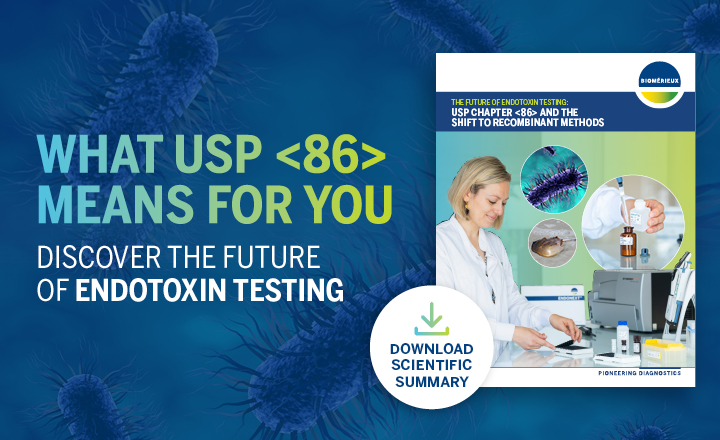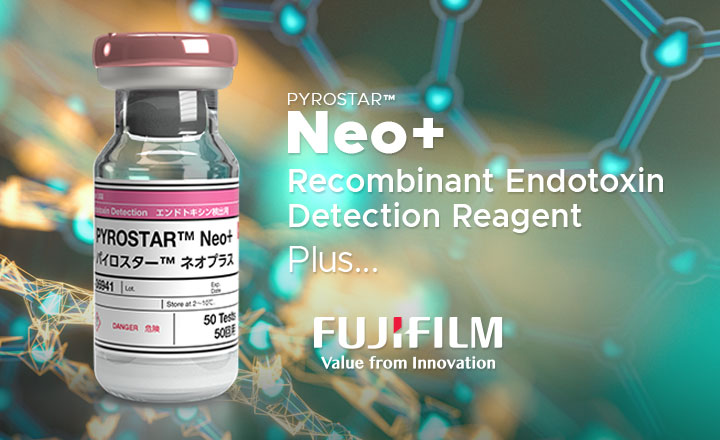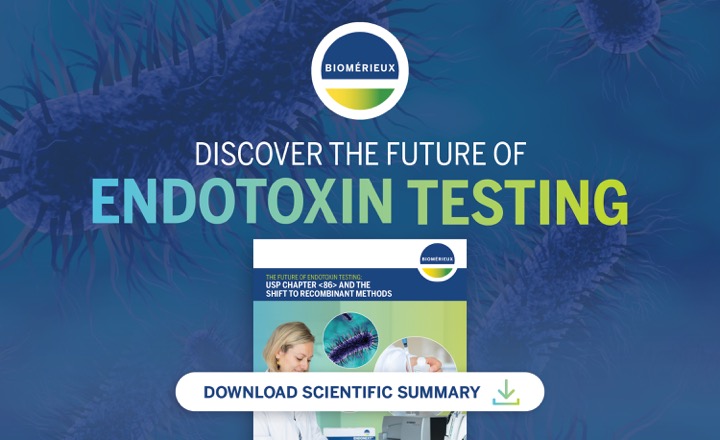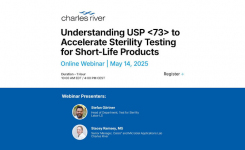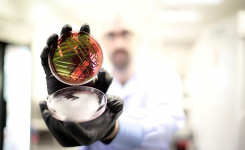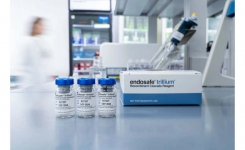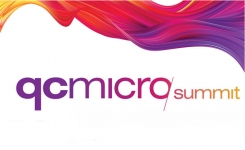In recent years, the landscape of bacterial endotoxin testing (BET ) has evolved beyond reliance on horseshoe crab-derived Limulus Amebocyte Lysate (LAL). Regulatory recognition, such as the introduction of USP <86>, and advances in recombinant and cartridge-based technologies have opened the door to more sustainable, efficient, and reliable testing methods.
In this Q&A, Courtney Wachtel, Product Manager from Charles River, provides insight into the implications of USP <86>, practical considerations for labs transitioning from LAL to recombinant methods, and the forward-looking potential of cartridge-based approaches.
The Evolution of the Horseshoe Crab
Historically, horseshoe crabs were harvested extensively for fertilizer and livestock feed, and even killed by fishermen who saw them as predators of valuable shellfish. Over time, awareness of their ecological importance and the need for conservation has grown, shifting public perception toward preserving this unique species.
In 2011, the Atlantic States Marine Fisheries Commission (ASMFC) and LAL manufacturers developed “Best Management Practices for Handling Horseshoe Crabs for Biomedical Purposes.” These guidelines set standards for careful collection and handling, and by 2023, these practices had been reinforced, updated, and integrated into operational requirements, fostering responsible stewardship of horseshoe crab populations.
ASMFC stock assessments, such as the 2019 Benchmark and 2024 update indicate that LAL manufacturing has a negligible impact on horseshoe crab populations. For instance, in 2024 the Delaware Bay population alone was estimated at around 56 million adults, and coast-wide LAL-related mortality represents a fraction of a percent of that total.
Q: How has the LAL testing process become more resource-efficient over time?
Courtney: Early LAL tests, particularly gel-clot assays, required substantial raw lysate. Over time, technology advanced to more efficient assays, like kinetic chromogenic methods that use significantly less lysate and, eventually, microfluidic assays that reduce lysate usage by up to 95%. Additionally, recombinant technologies now enable endotoxin testing without using horseshoe crab lysate altogether.
Q: What is recombinant BET, and why has it gained traction?
Courtney: Recombinant BET uses genetically engineered enzymes to detect endotoxins, reducing reliance on horseshoe crab-derived LAL. Initially limited to one vendor and facing regulatory uncertainties, recombinant methods have become more accessible and increasingly recognized as sustainable alternatives to LAL. Recent regulatory developments and market demand for environmentally responsible approaches have accelerated their adoption.
Q: Why were pharmaceutical companies slow to adopt recombinant methods, and what has changed?
Courtney: Companies initially hesitated because LAL was well-established, compendial, and backed by decades of data. Switching to recombinant methods required new equipment, training, and extensive validation without clear regulatory framework. As sustainability considerations, regulatory guidance, and market competition have improved, more companies are embracing recombinant tests.
Q: How have recent USP updates impacted the use of recombinant reagents in endotoxin testing, and has global regulatory harmonization been achieved?
Courtney: The inclusion of recombinant tests in official compendial chapters like USP <86> in 2024 and EP 2.6.32 in Europe has marked a turning point. These chapters provide guidance on validation, verification, and quality standards, making it easier for laboratories to integrate recombinant methods and move closer to full regulatory equivalency with LAL.
While USP <86> and EP 2.6.32 are significant steps, alignment is still limited. For example, EP 2.6.32 currently includes only Recombinant Factor C (rFC), and not the newer Recombinant Cascade Reagent (rCR). The industry and regulators are working to gather more data to support harmonization and full compendial recognition.
Q: How do these developments ultimately benefit pharmaceutical quality control and patient safety?
Courtney: By adopting recombinant tests that are sustainable, efficient, and increasingly recognized by regulators, pharmaceutical companies can ensure consistent product quality while reducing environmental impact. This modernization of endotoxin testing supports reliable, safe products for patients and aligns with global sustainability goals, benefiting the entire healthcare ecosystem.
Q: What is the outlook for LAL and recombinant methods moving forward?
Courtney: LAL will remain important for the foreseeable future, providing continuity for legacy methods and comparative studies. However, as recombinant technologies mature, gain regulatory clarity, and prove their sustainability and reliability, they are expected to become a more common, trusted tool in the quality control arsenal.
Q: With USP <86> now recognizing recombinant reagent-based endotoxin testing, what steps should pharmaceutical laboratories take to transition from traditional methods?
Courtney: Laboratories should review USP <86> and assess their current testing workflows. They can start small-scale feasibility studies comparing traditional LAL assays with recombinant methods under actual laboratory conditions. Engaging early with suppliers like Charles River to review validation packages and performing method verification in line with USP <1226> ensures a smooth transition. As more companies adopt recombinant methods, organizations will gain confidence that these approaches can meet regulatory requirements and quality standards without compromising reliability.
Q: How does USP <86> pave the way for broader adoption of recombinant cascade reagents, and how do these methods compare to rFC regarding performance and sustainability?
Courtney: USP <86> establishes a recognized framework for recombinant methods, which includes both Recombinant Factor C (rFC) and Recombinant Cascade Reagents (rCR). This recognition signals to manufacturers that investing in recombinant technologies is viable from both a compliance and sustainability standpoint. rCR methods maintain a similar sensitivity and specificity profile to rFC but are designed to more closely mimic the naturally occurring cascade reaction found in traditional LAL, potentially streamlining method suitability testing and regulatory acceptance. This could further reduce reliance on animal-derived resources while ensuring test accuracy and robustness.
Q: In light of USP <86>, what does the future hold for cartridge-based recombinant endotoxin testing solutions, and how might they improve efficiency and workflow in the QC laboratory?
Courtney: Cartridge-based recombinant endotoxin testing integrates reagents into a self-contained, standardized format that simplifies the testing process. As laboratories adopt recombinant methods recognized in USP <86>, cartridge technology offers a highly controlled environment for reactions, reducing analyst variability and potential contamination risks. For example, Charles River’s cartridge technology is designed to work seamlessly with LAL and rCR reagents , enabling rapid, automated analysis that enhances throughput and reproducibility with the option to switch between animal-derived and animal-free reagents. Such platforms also minimize reagent waste, streamline training, and significantly shorten turnaround times compared to manual, reagent-intensive methods.
Q: How can data generated from cartridge-based recombinant methods support the eventual inclusion of these technologies in regulatory monographs?
Courtney: Regulators welcome industry-supplied data on performance across a wide range of sample types, as this evidence builds the case for broader acceptance. By demonstrating consistent accuracy, precision, and equivalence of cartridge-based recombinant methods under diverse conditions, pharmaceutical companies and service providers like Charles River can contribute to a robust data pool. Over time, this evidence can help influence monograph updates, making recombinant methods fully interchangeable with LAL at a compendial level, thus encouraging faster industry-wide adoption and ongoing innovation.
Q: With recombinant methods continuing to evolve, how might next-generation cartridge technologies further enhance the sustainability and reliability of endotoxin testing?
Courtney: As recombinant reagents and cartridge platforms advance, we may see further reductions in reagent consumption, along with improved stability and shelf life of test components. This will not only reduce the environmental footprint but also improve the consistency of testing. Integrated data management and connectivity features can enable real-time traceability, ensuring compliance and facilitating data-driven decision-making in QC processes. Charles River and other industry leaders are already exploring enhancements that could further simplify testing, lower costs, and provide more actionable insights, ultimately driving better quality outcomes for patients.
If you are ready to transition to a more sustainable endotoxin testing solution, click here or use the green "Request Information" button below to contact Charles River today.
About Courtney Wachtel - Product Manager, Endotoxin Detection Assays and Services, Charles River Microbial Solutions



